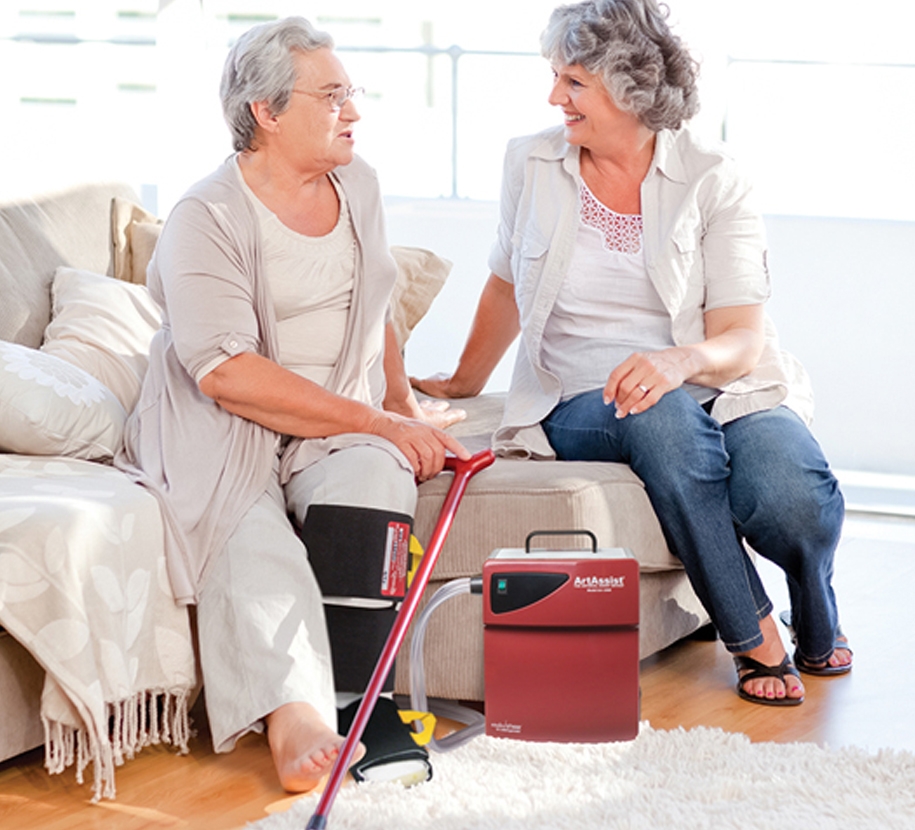Patients > Peripheral Arterial Disease (PAD)
Peripheral Arterial Disease (PAD)
ArtAssist® Increases Arterial Flow
Peripheral Arterial Disease (PAD)
ArtAssist Increases Arterial Flow
What is Peripheral Arterial Disease (PAD)?
PAD is a serious disease that affects about eight million Americans.
The most common cause of PAD is a hardening of the arteries, known as atherosclerosis. Similar to the well-known condition of coronary artery disease (CAD) which deals with hardening of arteries within the heart, PAD can occur in any peripheral artery outside of the heart that supplies blood to limbs. PAD most commonly affects circulation in the legs and feet.
When cholesterol and other fats that circulate within the blood begin to build up or collect on the arterial wall, these fat deposits harden into plaque. This hardening process is called atherosclerosis, derived from Greek words athero (meaning gruel or paste) and sclerosis (hardness). Plaque formations can grow large enough to not only significantly reduce the blood’s flow through an artery but also create blockages. When leg arteries are hardened and clogged, blood flow to the legs and feet is reduced, resulting in pain, poor circulation, and a variety of complications that can greatly impact quality of life.
ArtAssist promotes arteriogenesis, which is the permanent opening of collateral arteries.
The good news is that there is help for those suffering from PAD with ArtAssist®: The Arterial Assist Device. Patient benefits published in clinical studies include: *
- Significant long-term effects and increased arterial flow
- Rest pain reduced after 1 – 2 weeks
- Noticeable ulcer healing after 4 weeks
- Improved, pain-free walking within 8 weeks
* Results vary among patients. See full clinical studies at www.acimedical.com.
Learn More >

